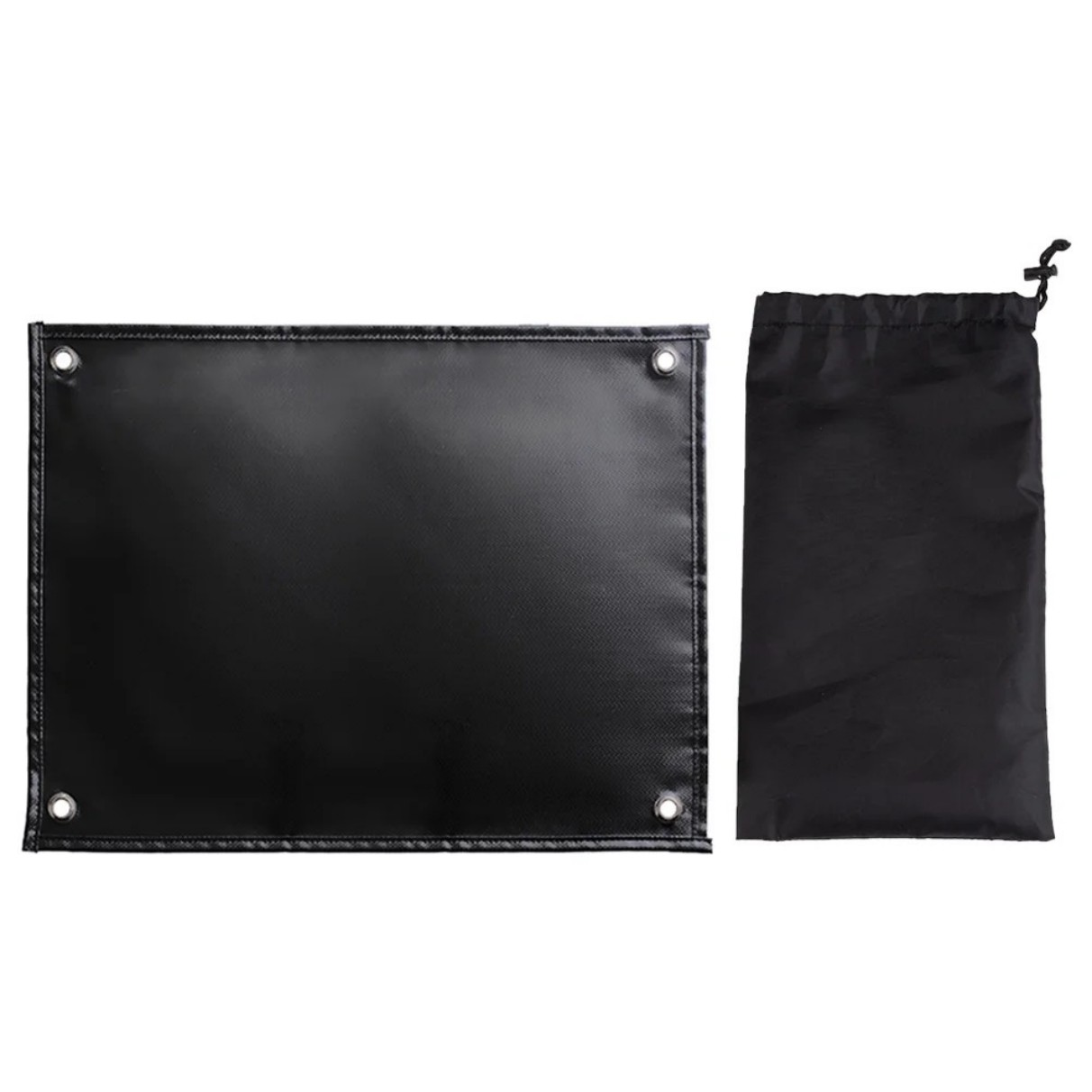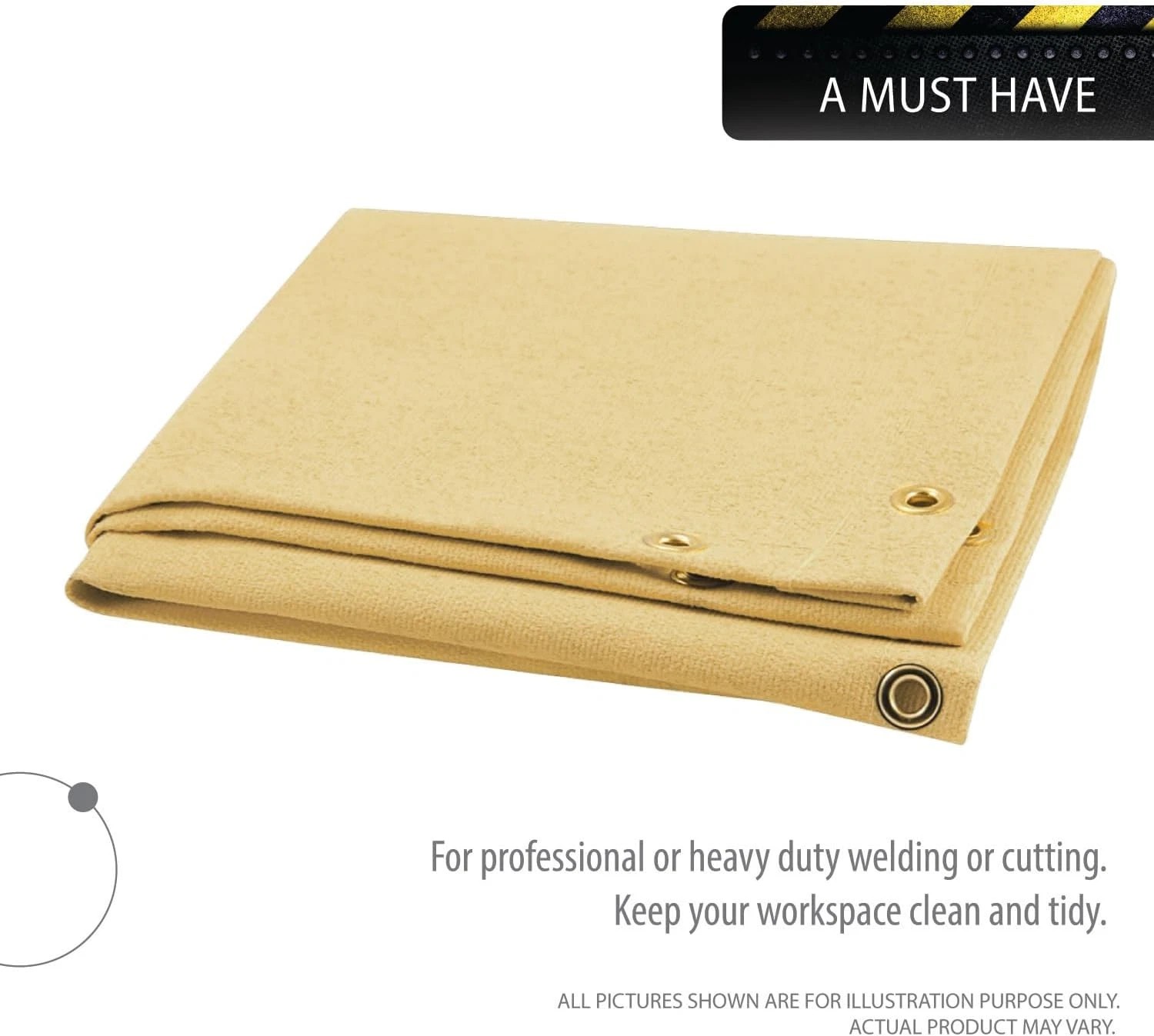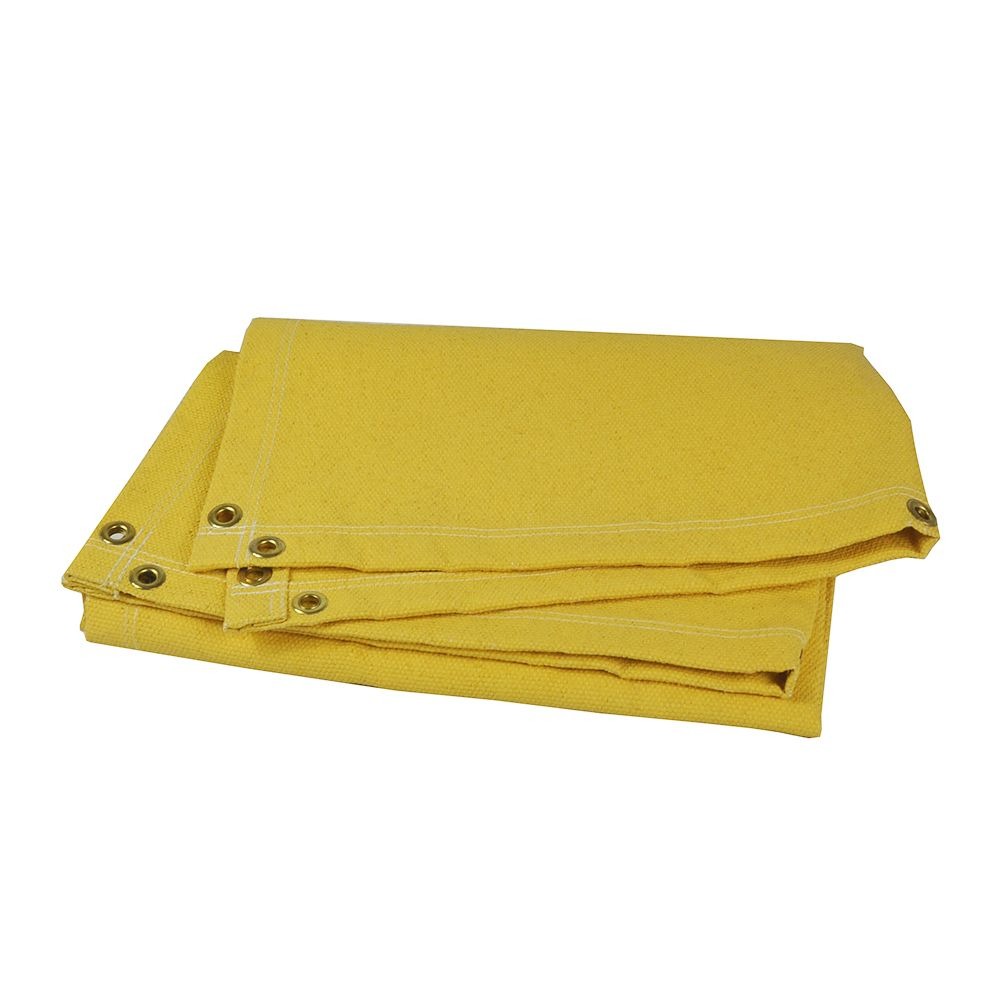Emergency Fire Blanket: Your Essential Safety Tool for Home and Workplace
An emergency fire blanket is a crucial safety device that smothers small fires by cutting off oxygen. Made from fire-resistant materials, it's simple to use and effective for kitchen fires, electrical fires, or clothing fires. Every home and workplace should have one accessible.
What Is an Emergency Fire Blanket?
An emergency fire blanket is a safety device made from flame-resistant materials like fiberglass or wool treated with fire-retardant chemicals. Typically stored in a quick-release container, it's designed to smother small fires by cutting off their oxygen supply. Unlike fire extinguishers, fire blankets don't require special training to use effectively.
Modern emergency fire blankets are lightweight (usually under 2 lbs) and compact enough to fit in kitchen drawers or hang on walls. They're reusable if undamaged after use and have a long shelf life (typically 5-7 years). The best models meet international safety standards like EN 1869 or ASTM F1989.
When to Use Your Emergency Fire Blanket
Your emergency fire blanket is ideal for:
- Kitchen fires:Grease fires from cooking oil (never use water on these)
- Clothing fires:When someone's clothes catch fire (wrap them completely)
- Small electrical fires:On appliances or wiring (after turning off power if safe)
- Waste bin fires:Small trash or paper fires in offices or workshops

Important:Never use your emergency fire blanket on large fires, gas fires, or fires that have spread beyond their origin point. In these cases, evacuate immediately and call emergency services.
How to Properly Use a Fire Blanket
Using your emergency fire blanket correctly is simple but crucial:
- Pull the tabs to release the blanket from its container
- Hold the blanket by the corners with your hands protected behind it
- Approach the fire cautiously from upwind if possible
- Cover the flames completely with the blanket
- Leave the blanket in place until the fire is completely out and cooled
- If safe, turn off the heat source (stove, appliance, etc.)
For clothing fires, wrap the person tightly in the blanket and have them stop, drop, and roll. The blanket should cover them from head to toe to smother all flames.
Choosing the Right Emergency Fire Blanket
Not all fire blankets are equal. Look for these features when selecting yours:
- Size:At least 1m × 1m (3.3ft × 3.3ft) for home use; larger for workplaces
- Material:Fiberglass with fire-retardant treatment is most common
- Certification:Look for EN 1869, ASTM F1989, or similar standards
- Container:Easy-open design that won't jam in emergencies
- Handles:Heat-resistant tabs or corners for safe handling
For commercial kitchens or workshops, consider blankets rated for higher temperatures (up to 1000°F/550°C). Some models include visual instructions printed directly on the blanket for quick reference during emergencies.
Maintenance and Storage Tips
To ensure your emergency fire blanket works when needed:
- Store in an easily accessible location near potential fire sources (kitchen, workshop)
- Keep away from direct sunlight and moisture which can degrade materials
- Check periodically for damage (tears, discoloration) or expired shelf life
- Replace if used, even if it appears undamaged
- Practice removing it from the container to familiarize yourself with the process
Consider mounting your emergency fire blanket near exits rather than directly over stoves, as intense heat might make it inaccessible during a fire. Many models come with wall-mounting hardware for secure placement.
Why Every Home Needs an Emergency Fire Blanket
Compared to fire extinguishers, emergency fire blankets offer several advantages:
- Easier to use:No pins to pull or techniques to remember
- No mess:Unlike extinguishers that leave chemical residue
- Safer for certain fires:Especially grease and clothing fires
- Longer shelf life:Typically 5-7 years vs. 1-2 years for extinguishers
- More affordable:Quality blankets start around $20
For maximum protection, experts recommend having both a fire blanket and extinguisher in your home. The blanket is your first line of defense for small, contained fires, while the extinguisher provides additional options for slightly larger fires.
Pro Tip:Teach all household members where the emergency fire blanket is stored and how to use it. Consider practicing with an old blanket to build confidence in handling it during stressful situations.
Emergency Fire Blankets in Workplace Safety
Beyond homes, emergency fire blankets are essential in many work environments:
- Restaurants:For grease fires that can't be extinguished with water
- Laboratories:For chemical spills or equipment fires
- Manufacturing:Near welding stations or flammable material storage
- Offices:Near kitchens or electrical equipment rooms
- Schools:In science labs and vocational training areas
OSHA and other safety regulations often require fire blankets in specific workplace settings. Commercial-grade blankets are typically larger (1.5m × 1.5m or more) and may include additional heat-resistant layers for industrial applications.
Remember that while emergency fire blankets are invaluable safety tools, they're just one part of comprehensive fire preparedness. Combine them with smoke detectors, escape plans, and proper fire prevention practices for complete protection.






